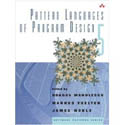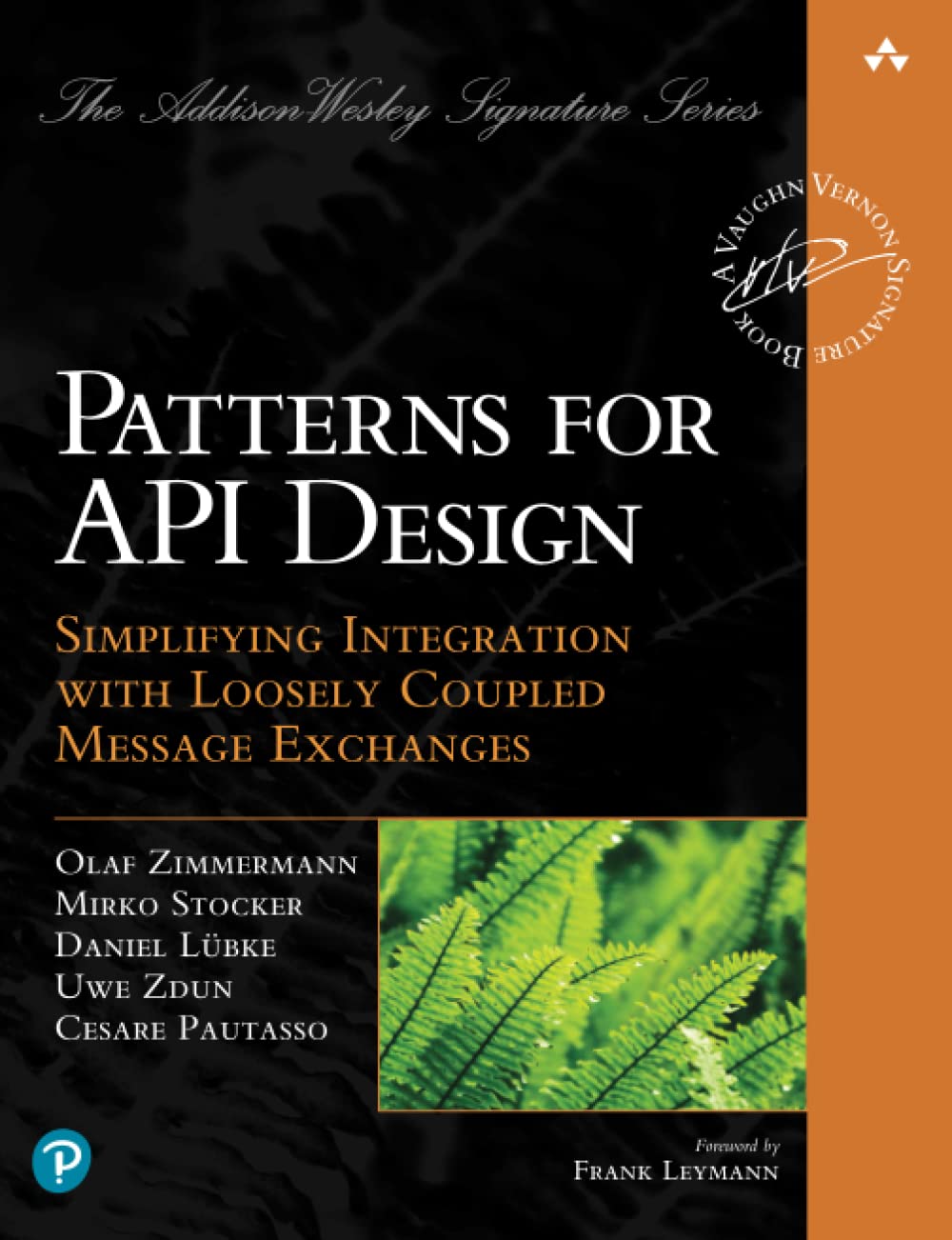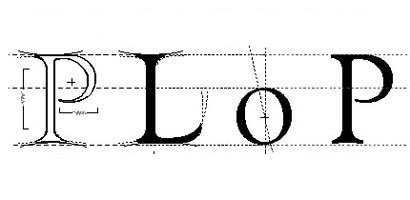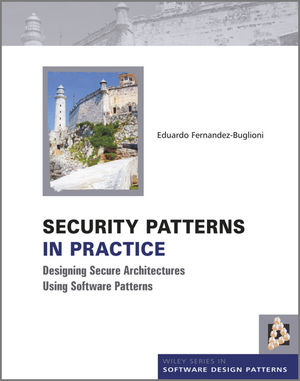-

PLoP
Pattern Languages of Programs, People, and Practices (PLoP®) is the premier conference for pattern authors and users to gather, discuss and learn more about patterns. To achieve this, the conference promotes the use of patterns and pattern languages, as well as the underlying theory of the nature of order. PLoP 2025 will be held October 12-15, 2025. Visit the PLoP Official Site,
- 1
The Hillside Mission

The mission of the Hillside Group is to improve the quality of life and society as a whole. This includes architects, developers, managers, owners, workers, educators, students, and more. Understanding and helping the human element is critical for achieving success. The Hillside Group believes in making processes and design more humane by paying attention to real people and existing practices.
The Hillside Group promotes the use of patterns and pattern languages to record, analyze, and share knowledge to help achieve its mission. The Hillside Group sponsors a variety of activities to achieve this mission—organizing workshops, hosting PLoP (pattern) conferences, and producing publications for discussing, recording, and documenting successful practices.
The Hillside Group supports many different conferences such as: PLoP, EuroPLoP, AsianPLoP, VikingPLoP, SugarLoafPLoP, and ChiliPLoP. These conferences focus on writing groups to better improve patterns through group exposure. Each conference offers advanced topics for the more adept pattern writers. Participants have the opportunity to refine and extend their patterns with help from knowledgeable and sympathetic patterns enthusiasts.
Pattern Books
The Design Patterns Book Series showcases many patterns from PLoP conferences and leading experts in the patterns field.

See our Pattern Book Library filled with over 80 Pattern related books.
Patterns Resources
- Pattern Definition
A pattern language defines a consists of patterns and the rules with sequences to combine them.
- Patterns Catalog
A collection of pattern resources on the web. Sign up for an account to add your own.
- Tools for Writing Patterns
Pattern writing tools include example code and pattern writing templates.
- PLoP Conference Proceedings
Past conference proceedings from the PLoP conferences.
PLoP Conferences
Patterns
What are Patterns
From Dick Gabriel
Various people write things like this:
"A pattern is a proven solution to a problem in a context."
I suppose I cannot argue with the actual words, because they are not obviously false, but I fear that this can represent a misconception.
Alexander writes:
Each pattern is a three-part rule, which expresses a relation between a certain context, a problem, and a solution.
I'm sure that because he wrote this many feel that the rewording above is a fair copy. I don't think it is. Alexander is capable of writing simple sentences when the thought he wishes to express is simple. He could easily have said "a pattern is solution to a problem in a context" - he uses most of these words already.
But, instead he wrote the paragraph above and he went on to explain:
As an element in the world, each pattern is a relationship between a certain context, a certain system of forces which occurs repeatedly in that context, and a certain spatial configuration which allows these forces to resolve themselves.
As an element of language, a pattern is an instruction, which shows how this spatial configuration can be used, over and over again, to resolve the given system of forces, wherever the context makes it relevant.
If you walk into a room and you ask Alexander to list all the patterns he sees, he will not look for sheets of paper with patterns written on them, he will look at the room and tell you the ones he sees in the spatial configuration. Similarly, if asked what patterns there are in a software system, an astute patterns person will look at the code and try to list them off.
Each pattern is both a statement in a pattern language and a configuration in a program. I don't think the words in the first quote above capture that. For example, according to it a pattern might be:
Problem: How do you allocate objects in memory?
Context: A large OO system in a virtual memory computer.
Solution: Run some typical problems and figure out which objects communicate frequently in a time locale and put them on the same page.
This is not a pattern. It is merely a solution to a problem in a context. It can be made into a pattern by talking about configurations of objects that communicate according to a particular definition of efficiency in a virtual memory system. One can imagine other things that might be a pattern according to the over-simple definition, such as the way to figure out the number of things in a "this many sets of this size" problem is to use multiplication.
Alexander could have written a 1-sentence definition of what a pattern is, or an essay, but instead he wrote a 550-page book to do it. Because the concept is hard.
I would prefer to see a definition that was more mysteriously worded with a reference to a longer piece, such as
Each pattern is a three-part rule, which expresses a relation between a certain context, a certain system of forces which occurs repeatedly in that context, and a certain software configuration which allows these forces to resolve themselves. [See "A Timeless Way of Hacking."]
Patterns have roots in many disciplines, including literate programming, and most notably in Alexander's work on urban planning and building architecture. (Alexander, 1977).
The goal of the pattern community is to build a body of literature to support design and development in general. There is less focus on technology than on a culture to document and support sound design and principles . Patterns have been used for domains as diverse as development organization and process, exposition and teaching, and software architecture.
A pattern language defines a set of patterns along with some ordering constraints where the patterns contain pointers to related patterns that help complete them. But this is not enough. Alexander uses the idea of a “sequence” to teach designers and builders how to construct a coherent artifact. Without some ideas on how to sequence one’s design thoughts, the underlying pattern language is likely to be mostly a diagnostic tool.
Today, the pattern discipline is supported by several small conferences, PLoPs sponsored by The Hillside Group which includes a rapidly growing body of literature.
- Hillside Fellowship Award
- PLoP Conference Proceedings
- Patterns for API Design
- Pattern Languages of Programing
- Security Patterns in Practice
The Hillside Fellowship Award
The Hillside Fellowship Program was established in 2016 to recognize members of The Hillside Group who have made exceptional contributions to the Hillside community and to the Patterns community at large. The title of Hillside Fellow denotes an outstanding member who has consistently and repeatedly:
- provided excellence in contributions to the patterns body of knowledge
- advanced the arts,
PLoP Conference Proceedings
After the PLoP Workshops, writers are encouraged to modify their papers and submit a final version. The final versions are updated, collected, available from the conference website.
Conference Proceedings (ACM Digital Library)
Some of the PLoP accepted papers have been published on the ACM Digital Library . The program committee will review the final versions of the papers and recommend acceptance
… Read MorePatterns for API Design
" Patterns for API Design " by Olaf Zimmermann, Mirko Stocker, Daniel Lubke, Uwe Zdun, and Cesare Pautasso

This book is for any domain, technology, or platform
- Identify and overcome API Challenges
- Size your endpoint types and operations
- Design request and response messages and their representations
- Refine your message design for quality
- Combine patterns to solve real-world problems and make
PLoP™ (Oct 12-15, 2025)

Check out the main PLoP Website for more information and details!!!
Read More
Security Patterns in Practice
Eduardo Fernandez's new book " Security Patterns in Practice: Designing Secure Architectures with Software Patterns " has been published.

It is the result of 14 years of producing security patterns with students and colleagues. Almost all of these patterns went through PLoP, EuroPLoP, AsianPLoP, or SugarLoafPLoP. Many of you have participated as shepherds or workshop commentators, the book owes something to
… Read More





